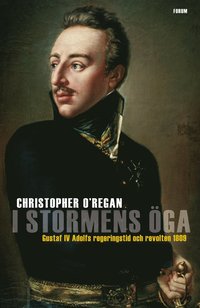Engel was born and educated in Berlin, but following Prussia’s defeat by Napoléon in 1805/1806 prospects in his native country seemed bleak. Engel therefore went eastwards to try his luck in Tallinn, where he became town architect. A few years later he received some commissions in Turku, the capital of the Grand Duchy of Finland.
In 1812 Emperor Alexander I moved the Grand Duchy’s capital to Helsinki, which had been the victim of a great fire a few years before. In 1814 Engel came into contact with Johan Albrecht Ehrenström, the chairman of the Commission for the Rebuilding of Helsinki, who soon asked Engel to come and use his skills in Helsinki.
Engel arrived in 1816 and stayed until his death in 1840, although he sometimes contemplated going back to Prussia. Ehrenström had planned the new capital; Engel came to build it. He wrote to a friend back in Prussia: “My dearest wish seems to be granted; I get an almost unlimited field on which to use my gifts, something which only a few architects are granted, and I can count myself among those happy, as the luck to build an entire town is something very unusual”.
The first picture shows an evening view of Senate Square, which became the focal point of the new city. At its eastern end is the Senate House (1818-1822), which is still the seat of the Finnish government; at the corner is the Bock House which Engel rebuilt as the residence of the Governor General (1817-1819).
Towering over the Square is the Cathedral (1830-1852), seen in the second picture, which was not completed until after Engel’s death and then altered in a way he would not have approved of.
At the west end of the Senate Square, as a pendant to the Senate House, is the University House (1828-1832), seen in the third picture. In the fourth photo is the Union Street; the University House can be seen on the left, followed by the National Library of Finland (1836-1844) and the buildings of the former Cantonist School (1823-1825), which are now used by the University.
In the fifth picture is the former Society House (1831-1833), now the City Hall. The sixth photo shows the Naval Barracks (1817-1820, last parts built 1986-1989) at Katajanokka (Skatudden in Swedish) which is now the offices of the Foreign Ministry.
The seventh photo is the Othodox church of St Alexandra the Martyr in Turku (Åbo) (1838-1846) and finally a former noble mansion in Tallinn (1809-1814), which is now the office of the Chancellor of Justice.
Among Engel’s many other buildings in Helsinki are the Guards Barracks (1820-1822, now the Ministry of Defence), the Astronomical Observatory (1831-1833), the Old Church (1825-1826) and the Orthodox Church of Holy Trinity (1825-1826).











